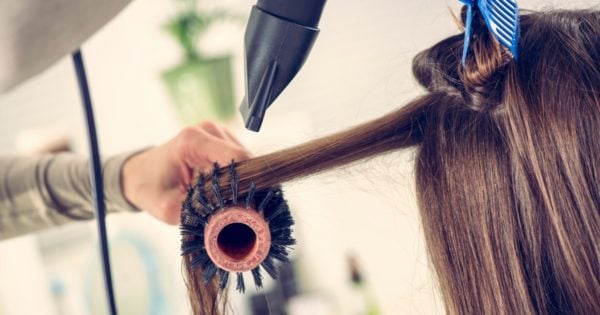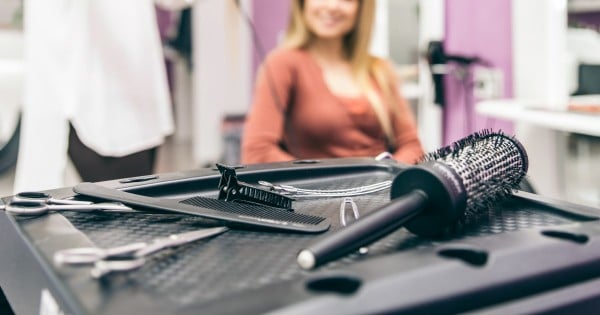If you thought hairdressing was a glamorous or even ‘easy’ job, think again.
Aside from long hours, working weekends and the constant exposure to chemicals, standing in the awkward position of leaning over a client for eight hours a day doesn’t come without its health consequences.
The biggest one? Severe back pain and strained, off balance muscles.



Top Comments
Anything recommended by Gwyneth or GOOP, save your money and run for the hills...
Any recommendations of Gua Sha practitioners in either Queensland or Northern New South Wales? Sounds good.